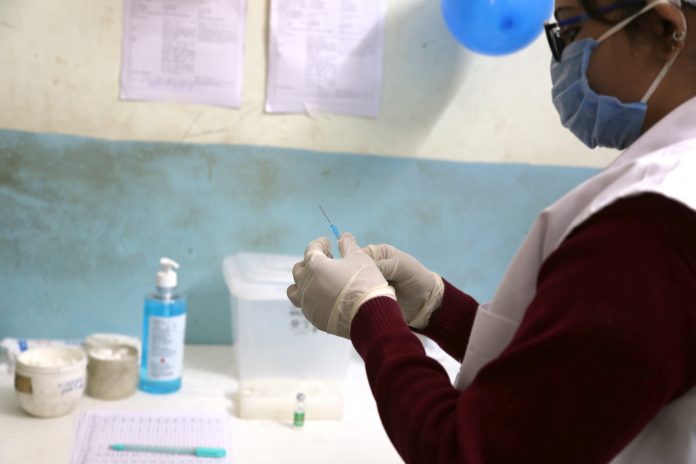The CureVac mRNA vaccine is currently in final stages of clinical trials – but it is expected to perform like Pfizer and Moderna, with the bonus of surviving at ordinary refrigeration temperatures
The new vaccine is nearly ready to share clinical trial data, and begin filing for Emergency Use Authorisation in various countries.
CureVac is part of the second generation of COVID vaccines, which are expected to function as booster shots for richer countries against evolving variants and to act as robust first doses for poorer countries, which are still waiting for mass vaccination.
Why is the temperature so important?
CureVac uses a kind of mRNA that is stable at warmer temperatures. This means that it can use existing supply chains to get to poorer countries, which would otherwise need to invest in mass infrastructure. Pfizer and Moderna use mRNA technology that needs to be held at -76 to -112 degrees, while the Moderna vaccine needs to be stored at -20 degrees.
Some countries will not get vaccines until 2023, due to pricing, logistics and existing intellectual property laws. But CureVac can reportedly be stored at ordinary fridge temperatures, meaning a less expensive investment for some of those places.
EU and UK signed contracts with CureVac
The European Commission has an advanced purchasing agreement with CureVac, for an initial 225 million doses, with the option to buy a further 180 million. The UK Government’s Vaccines Taskforce is working closely with CureVac to make sure that this new generation can adequately neutralise the threat of mutations.
In addition, GlaxoSmithKline (GSK) and CureVac will collaborate on manufacturing the first 100 million doses of the COVID vaccine, with a €150m collaboration that begun in February, 2021.
Emma Walmsley, Chief Executive Officer, GSK, said: “We believe that next generation vaccines will be crucial in the continued fight against COVID-19.”
How well does CureVac work?
There is no definitive about vaccine efficacy at this point in time, but Phase 1 of the HERALD study revealed in February that CureVac was “generally well tolerated”.
CureVac specifically outlined a commitment to testing how their vaccine works on the older, vulnerable participants in the face of mutations.
The goal of this new vaccine is to hit several mutations and variants in one go. The vaccine trials are being held in Latin America and Europe, where mutations are mercilessly sweeping through populations.
Ulrike Gnad-Vogt, Interim Chief Development Officer of CureVac, further commented: “At the same time we need to make sure that our efficacy data are meaningful in view of the emergence of new virus variants. We are therefore aiming to specify what type of virus we are dealing with in the HERALD trial.”











